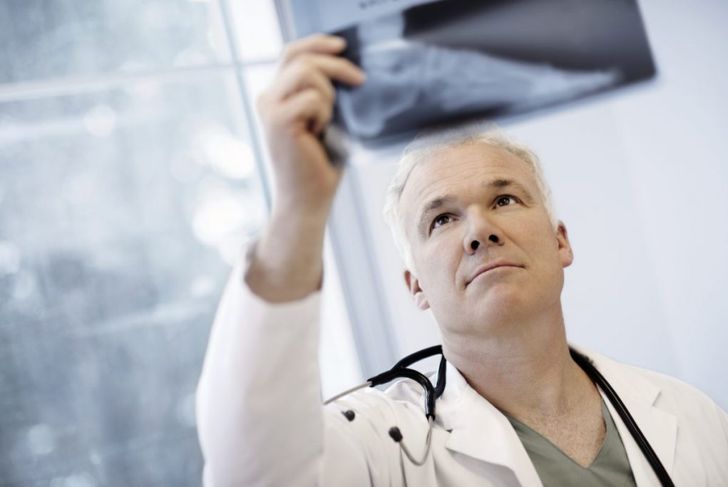In 2001, a paleontologist published a study that examined how just a couple types of dinosaurs like T. Rex were vulnerable to and suffered from avulsion fractures. What plagued T. Rex and Allosaurus is a common injury for humans, too. An avulsion fracture happens when a ligament or tendon tears off part of a bone from the rest of the bone mass. This usually occurs as the result of a trauma or a fall.
Avulsion Fracture Overview
Sometimes an injury can cause a ligament or tendon to pull away from the bone. If the force of the injury causes the ligament or tendon to rip away a fragment of bone from the rest of the bone mass, this is an avulsion fracture. In such cases, the ligament and tendon may also suffer damage along with the bone. Avulsion fractures commonly occur in the elbow, hip, knee, and ankle.
How Serious is an Avulsion Fracture?
An avulsion fracture may require surgery in some cases. However, many are not medically serious enough to warrant an intervention like an operation. The seriousness of this type of fracture depends on how far the tendon or ligament has pulled the bone fragment from the bone mass. In the case of misdiagnosis, however, further complications could arise, such as nerve irritation. Given proper treatment, these fractures often heal with little to no difficulties.
What Causes an Avulsion Fracture?
Often, a direct force causes an avulsion fracture. Hitting the pavement as the result of a fall, falling on ice, or getting hit by a baseball, for example, can trigger an avulsion fracture. However, indirect force such as turning too quickly on the tennis court can also cause an avulsion fracture.
What Are the Symptoms of an Avulsion Fracture?
Although an avulsion fracture often occurs in the ankle or knee, it can occur in the fingers, hands, shoulders, or other bones too. An avulsion fracture in any of these bones can cause the individual to feel a sharp pain at the site of the fracture, particularly if they attempt to move the area. Other symptoms include swelling, bruising, and reduced mobility in the area. In some cases, the individual may lose functionality in the joint.
How Do Doctors Diagnose Avulsion Fractures Diagnosed?
Many people who suffer an avulsion fracture report feeling a pop in the area of the injury and then a sharp pain. However, to accurately make a diagnosis, doctors will order an X-ray. As with other types of fractures, the affected individual may experience intense pain and swelling. An X-ray can also alert the doctor to the seriousness of the fracture.
General Care for Avulsion Fractures
A general care regimen is often the best treatment for avulsion fractures. Often, doctors advise individuals to rest and elevate the affected area. In the case of a knee, for instance, the person will be advised to keep as much weight off of the leg as possible for a time. Applying ice packs to reduce swelling is a common treatment for this fracture. Doctors may recommend patients perform certain exercises to strengthen muscles to improve movement, recovery, and reinjury.
Surgery for Avulsion Fractures
Sometimes an avulsion fracture is serious enough to warrant surgical intervention. If the ligament or tendon pulls the bone fragment away from the bone a short distance, rest and minimal treatments may be all that’s needed. However, if the distance between the bone fragment and bone mass is more than a couple centimeters or if the ligaments and tendons have also been damaged in the injury, a surgeon may need to repair the area.
Other Treatment Measures for Avulsion Fractures
In some cases, a patient may need pins inserted to repair the damage from the fracture. In some cases, a serious avulsion fracture may require a cast rather than surgery. For painful fractures, anti-inflammatory medication can help reduce discomfort.
Physical Therapy
Once an individual’s avulsion fracture has healed, he or she may require physical therapy. For instance, if the fracture occurred in the ankle, physical therapy can help the individual recover their range of motion. An avulsion fracture in the hip may also necessitate physical therapy after the fracture has sufficiently healed.
What Is the Recovery Period for an Avulsion Fracture?
The recovery period depends on where the fracture occurred and how serious it is. Most cases heal within between three and twelve weeks. However, doctors may advise certain treatments or therapies to enhance the recovery process. If the fracture is misdiagnosed initially, the recovery period may take much longer.

 Home
Home Health
Health Diet & Nutrition
Diet & Nutrition Living Well
Living Well More
More




















